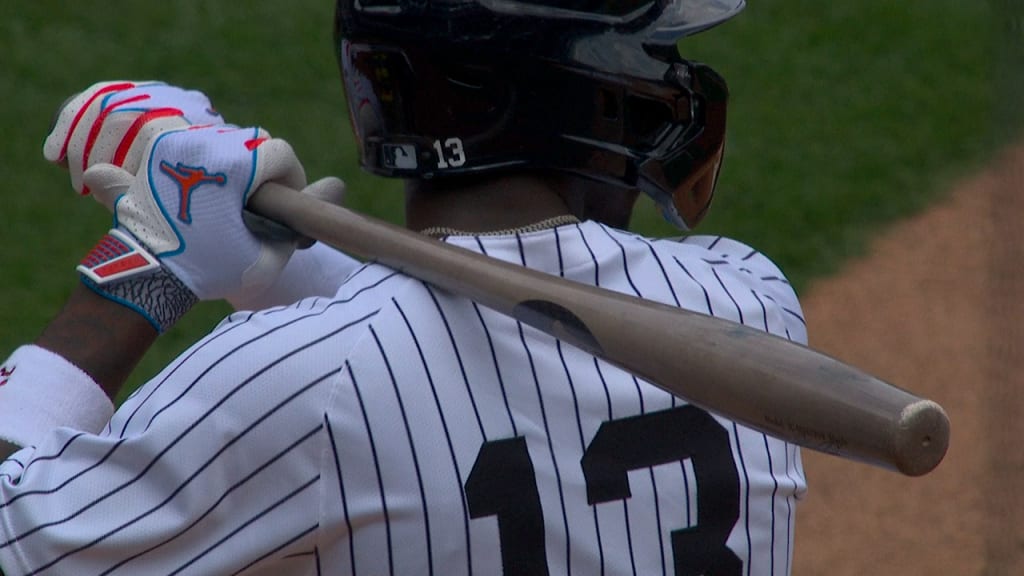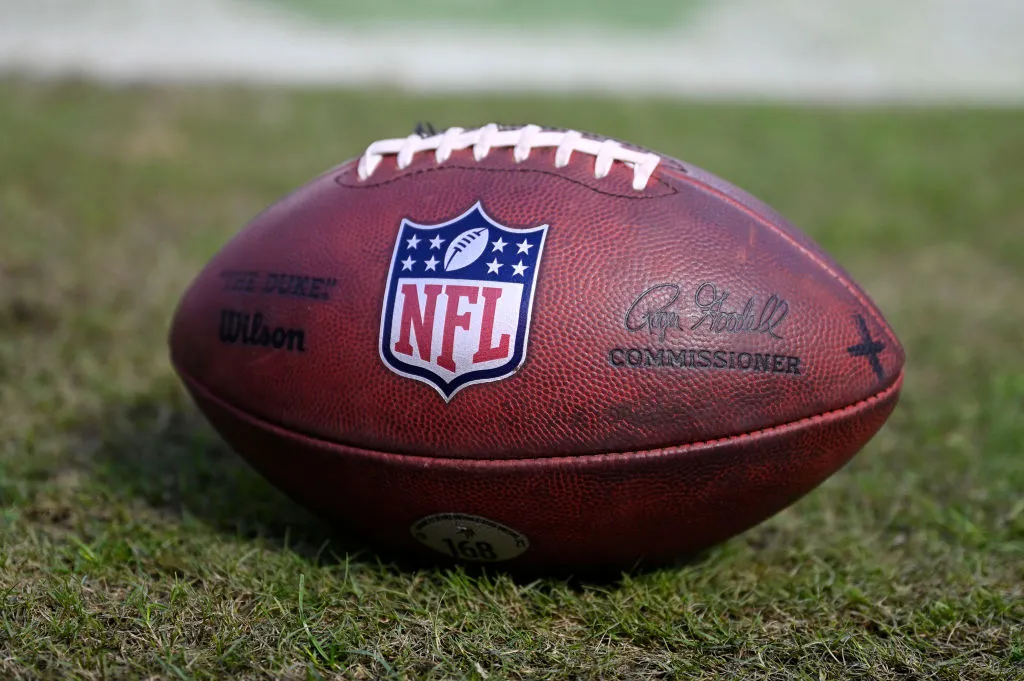This season, the Yankees made significant changes to their bats by focusing on a few key areas. They upgraded to lighter, more advanced materials that allowed players to generate faster swing speeds.
This change aimed to enhance their power-hitting capabilities, especially in crucial game situations. Additionally, the team collaborated with bat manufacturers to develop custom models tailored to each player’s unique hitting style. These personalized bats not only improved comfort but also optimized performance, allowing players to make better contact with the ball. The Yankees also emphasized the importance of analytics in their decision-making.
They analyzed swing data and exit velocities to determine which bat specifications would yield the best results. This data-driven approach helped them select bats that maximized power while maintaining control.
Overall, these changes contributed to a more dynamic and potent lineup, enabling the Yankees to become a formidable offensive force throughout the season.
In the MLB the bats must be smooth, round stick, and the barrel diameter must be 2.61 inches, with a maximum length of 42 inches.
Thanks to MIT specialist Aaron Leanhardt the Yankees are using what they call torpedo bats which resemble a bowling pin. These are legal under the MLB rules and have a thicker barrel closer to the hands instead of further down the bat. This allows batters to maximize contact and power on swings.
In the first game with the bats the Yankees set a record with nine home runs and 20 runs scored, beating the Milwaukee Brewers 20-9. In the first inning they hit three consecutive home runs on three consecutive pitches to start the game.
Anthony Volpe, Jazz Chisholm Jr., Cody Bellinger, Paul Goldschmidt, and Austin Wells were among the Yankees players who used the new bats.
As of today April 8 the Yankees have recorded 25 home runs and have made history in many categories like most home runs hit by a team within the first four games.













